FighterJock
ACCESS: Above Top Secret
- Joined
- 29 October 2007
- Messages
- 5,607
- Reaction score
- 5,937
Nice find aonestudio, they are much bigger than I thought that the boosters were.
NASA to Pick Next Generation Spacesuits for Moonwalking, Spacewalking
May 26, 2022

An illustration of Artemis astronauts on the moon.
Credits: NASA
NASA will announce at 2 p.m. EDT (1 p.m. CDT) Wednesday, June 1, the company, or companies, selected to move forward in developing the next generation of spacesuits for Artemis missions at the Moon and the International Space Station during an event at the agency’s Johnson Space Center in Houston.
The announcement will air live on NASA Television, the agency’s website, and the NASA app.
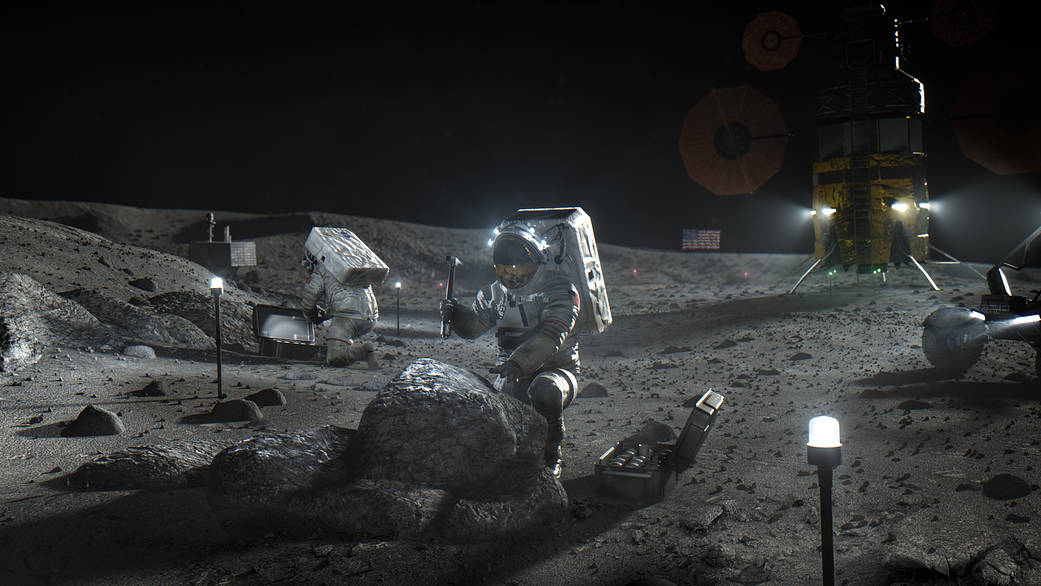
NASA to Pick Next Generation Spacesuits for Moonwalking, Spacewalking
May 26, 2022

An illustration of Artemis astronauts on the moon.
Credits: NASA
NASA will announce at 2 p.m. EDT (1 p.m. CDT) Wednesday, June 1, the company, or companies, selected to move forward in developing the next generation of spacesuits for Artemis missions at the Moon and the International Space Station during an event at the agency’s Johnson Space Center in Houston.
The announcement will air live on NASA Television, the agency’s website, and the NASA app.
NASA to Pick Next Generation Spacesuits for Moonwalking, Spacewalking - NASA
Editor’s Note: This advisory was updated May 31 to note a speaker change. Dina Contella, operations integration manager, International Space Stationwww.nasa.gov
Two space suit finalist are: Axiom and Collins

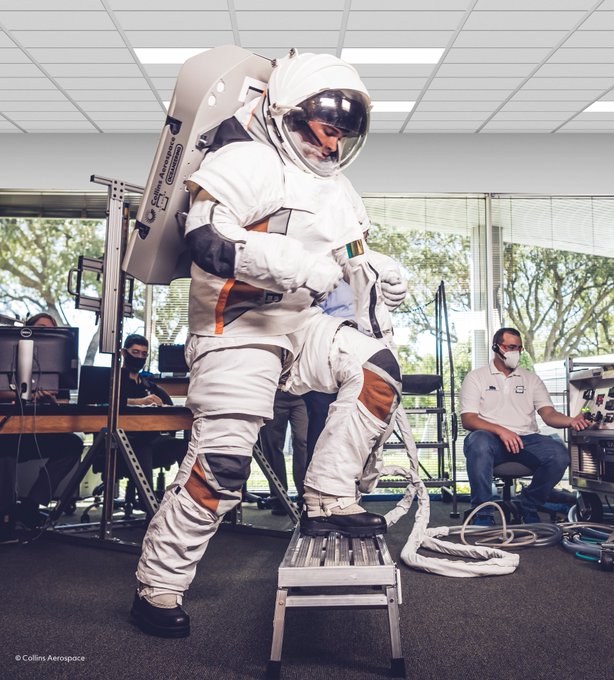

I wonder why Axiom's space suit was shrouded in darkness? Perhaps they are hiding some new technology.
This looks more like a teaser for a Netflix series to me.I wonder why Axiom's space suit was shrouded in darkness? Perhaps they are hiding some new technology.
Maybe they're just trying to be mysterious.
This looks more like a teaser for a Netflix series to me.I wonder why Axiom's space suit was shrouded in darkness? Perhaps they are hiding some new technology.
Maybe they're just trying to be mysterious.
Although NASA can say it is sticking with the "baseline" plan for Artemis, this notional timeline is almost certainly unattainable. Already, the agency is looking at moving the Artemis III mission beyond 2025 due to a number of factors, including a lack of Moon-ready spacesuits. Moreover, the preparation of revised schedules strongly suggests that NASA is ready for inevitable delays.
Here are some of the key issues raised by the revised schedules, which are reproduced above from the original NASA documents to protect our sources.
- There are huge gaps between missions. To close one three-year gap, NASA is considering the creation of an "Artemis III.5" mission that would require the agency to procure a fourth interim upper stage and delay development of other key programs.
- The slow progression in missions puts off development of a "base camp" on the Moon for years, with the earliest emplacement of a lunar surface habitat not coming until 2034.
- NASA will spend the next 10 years focused on assembling a small space station in lunar orbit, rather than building up capabilities on the Moon's surface.
Clive Neal, a Notre Dame geologist and prominent scientist pushing for a lunar exploration program, said NASA's internal timeline is so stretched out that it is effectively meaningless. The plan also ignores the US space policy of focusing on developing a permanent presence on the Moon.
"I don’t get it, I just really don’t get it," he said. "Has nobody at NASA read the space policy? It is really quite bizarre. There's nothing sustainable about the approach they're taking."
The internal schedules reveal that NASA is going to spend the entirety of the next decade, if not longer as schedules inevitably slip, building the Lunar Gateway.
This is also troubling to some scientists like Neal, who still are not sure what purpose the Lunar Gateway serves. The station began nearly a decade ago, and it was created primarily because of the propulsion shortcomings of the Orion spacecraft's service module. In short, combined with the Space Launch System rocket, Orion does not have enough propulsive capability to fly all the way into a low lunar orbit and then return to Earth. So NASA devised the concept of a Lunar Gateway in a higher elliptical orbit. Pragmatically, this was an easy sell. NASA had built the International Space Station already in low-Earth orbit, so it knew how to move on to Gateway.
NASA has fit the Gateway into its Artemis plans, which came afterward. Artemis missions presently call for humans to launch to the Gateway in the Orion spacecraft and dock there. From the Gateway, they will board a lander and go down to the Moon's surface.
The problem with this solution is that, last April, NASA selected SpaceX's Starship to serve as a lunar lander. Starship is already larger than the proposed Gateway, and it replicates many of its power and propulsion capabilities. So if you already have Starship as part of your lunar architecture, and if NASA is really interested in activities on the lunar surface, why spend a decade and tens of billions of dollars building the Gateway?
"I’m sorry, but it's a waste of money," Neal said. "We’re not fulfilling space policy by building an orbital space station around the Moon. We need to be on the Moon for that."
Others disagree. NASA says the Gateway is an essential part of making the Artemis Program "sustainable" and for developing technologies needed for deep space travel beyond the Moon to Mars.
NASA's internal schedules, however, splash cold water on the idea that the Lunar Gateway is sustainable alongside extended surface activities and a base camp. Given the near certainty that there will be more delays, the Artemis Program is probably at least 15 years from having a semi-permanent habitat on the surface of the Moon. That is just about long enough to be "never" in spaceflight terms, and it would push Mars exploration into the 2040s or 2050s.
Something is probably going to have to give if NASA is to get anywhere with Artemis.
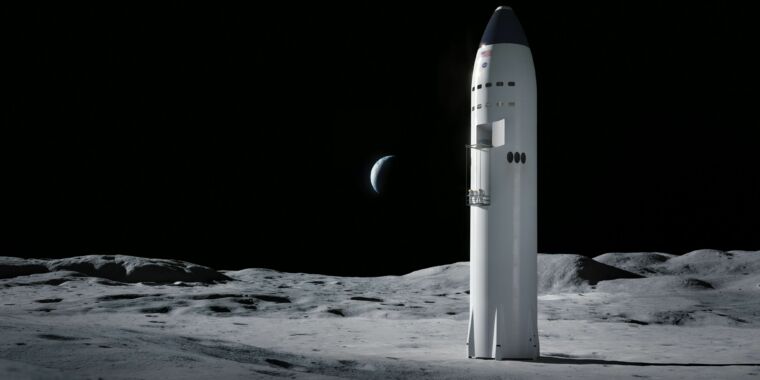
In human spaceflight, appropriators largely followed the agency’s request. That includes $1.486 billion for the Human Landing System program for Artemis lunar landers and $224.3 million for Commercial Low Earth Orbit destinations, the project to support work on commercial space stations. The bill itself provided full funding, or even slightly more than requested, for the Space Launch System, Orion and Exploration Ground Systems programs.
Appropriators, though, did mention the cost and schedule overruns on Mobile Launcher 2, the mobile launch platform for the Block 1B version of SLS that was the subject of a sharply critical audit by NASA’s Office of Inspector General recently. The report restricts spending on Mobile Launcher 2 until 30 days after NASA submits a revised cost and schedule baseline for the project. Appropriators also urge NASA “to consider new methods of ensuring that cost and schedule estimates are met on this project, including the possible use of outside management advisory services.”
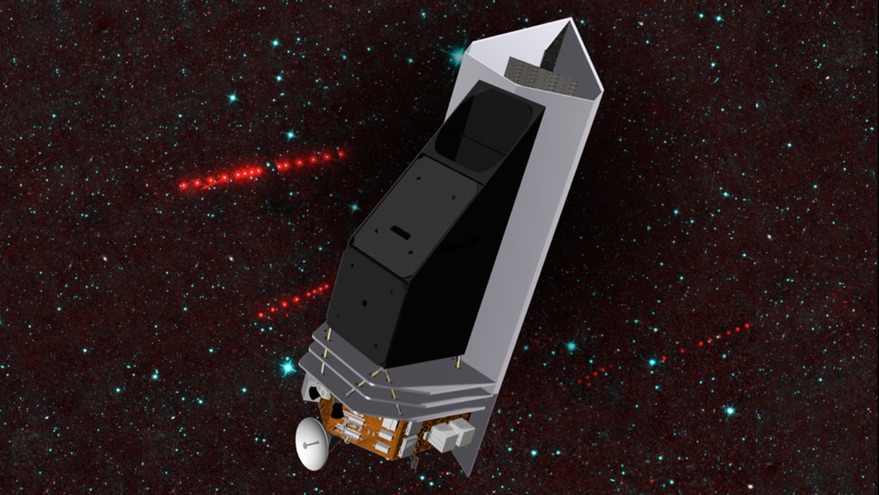
1) Demonstrate Orion's Heat shield at lunar entry conditions, will be traveling at Mach 32, much faster than a return from LEO. No test facility can simulate that.
2) Teams will verify all of @NASA_Orion's systems want to make sure that Orion can deal with the thermal challenges, and the engines can operate. Need to understand any uncertainties.
3) objective is to retrieve Orion after an ocean splashdown and do post-launch inspections
4) Certify the optical navigation system, deploy the CubeSats and share the mission with the public.
Mission planners have started to build detailed timelines. Looking at long class missions but objectives will remain the same 4 major burns after TLI major burns, will also have two sets of burns to depart Lunar Orbit.
Sarafin also recalls this is a test mission, the team is prepared to adapt along the way, we may not have some time to certify the optical navigation system. Next few weeks will be a flurry of activity.
Interesting point from the briefing: if they roll out in August but don’t launch by Sept. 5, they have to roll back to the VAB to service the flight termination system, and may not be able to complete that & roll out in time for the next launch window (Sept. 20 _ Oct. 4)
[/quote]Why does NASA only have 20 days to launch after activating the flight termination system? Answer is that FTS must be independent of rocket, operating on its own battery power. Those batteries have a limited lifetime. And since there is no fail safe, it is conservative.
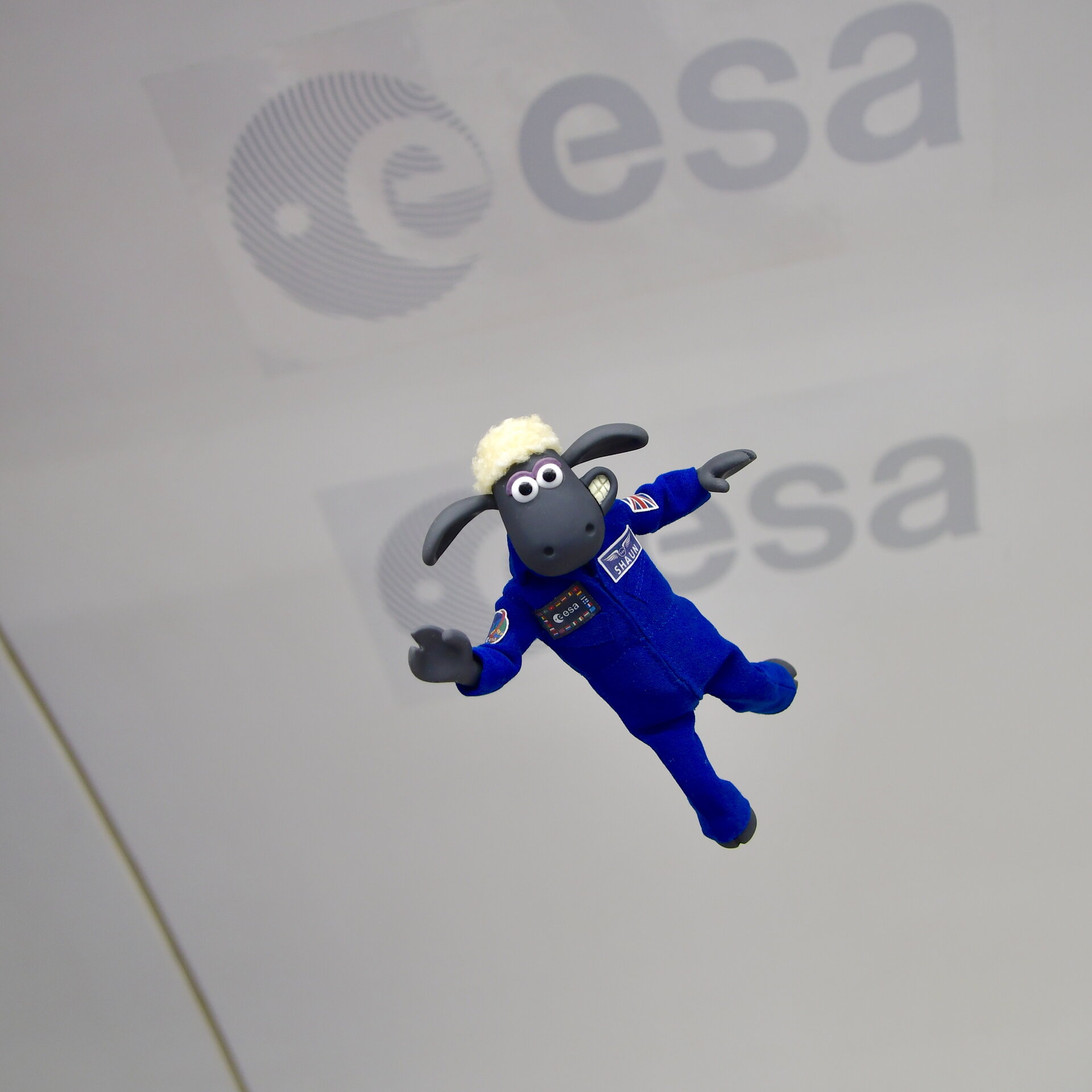
Seems like a bahhhhhd move to me...Shaun the Sheep to be a passenger on Artemis-1.

ESA names first ‘astronaut’ to fly on the Artemis I lunar mission
The specially trained woolly astronaut, Shaun the Sheep, has been assigned a seat on the Artemis I mission to the Moon. Shaun’s assignment was announced by ESA’s Director for Human and Robotic Exploration Dr David Parker.www.esa.int
So Wallace and Gromit will be on the actual lander? It would be a grand day out for all mankind.Shaun the Sheep to be a passenger on Artemis-1.

ESA names first ‘astronaut’ to fly on the Artemis I lunar mission
The specially trained woolly astronaut, Shaun the Sheep, has been assigned a seat on the Artemis I mission to the Moon. Shaun’s assignment was announced by ESA’s Director for Human and Robotic Exploration Dr David Parker.www.esa.int
The list of cubsesats launching on Artemis I:
View: https://twitter.com/Capoglou/status/1557418668283371520
so any ideas as to to what will happen to the cubesats once they are released?
BioSentinel, NEA Scout, and three other CubeSats were allowed to recharge their batteries during their long wait aboard the SLS. But five others were out of luck, including both LunaH Map and Lunar IceCube. Some could not be recharged without removing them from the rocket; in other cases NASA engineers feared the process might spark discharges that could harm the rest of the rocket. “We have to be very cognizant of the risk to the primary mission when we interface with these CubeSats,” says Jacob Bleacher, NASA’s chief exploration scientist.
Hardgrove says LunaH Map’s battery reserve is probably at 50% and the threat to the mission is high, because at 40% the CubeSat will not be able to run through a set of initial operations and maneuvers before the solar panels can unfurl and begin to recharge the batteries. He says he pushed hard for the opportunity to recharge but was rebuffed by NASA officials. “You can’t agree to take stowaways and then kill them,” he says. Still, he understands that the CubeSats are secondary payloads and is resigned to rolling the dice. “It wouldn’t be a CubeSat mission if you weren’t anxious.”
The @NASA_SLS rocket and @NASA_Orion spacecraft have now cleared the Vehicle Assembly Building.
Photos: NASA/Chad Siwik
It wasn't just media attending this historic rollout! Folks who work on the Artemis program were able to bring friends and family out to see what they've been up to.
Get caught up on the hard work of thousands of people in NSF's latest #Artemis1 overview: nasaspaceflight.com/2022/08/artemi…
Around 7:30am EDT the @NASA_SLS rocket and @NASA_Orion spacecraft for the #Artemis I mission arrived atop Launch Complex 39B after a nearly 10-hour journey from the Vehicle Assembly Building.
Learn more: go.nasa.gov/3bXLO9Z
SLS/Artemis 1: For the statistically minded, NASA confirms hard down complete at 8:03am EDT (1203 UTC) for a rollout duration of 10 hours and 8 minutes
There likely will be a manned mission to Mars because one of the world’s richest people wants to go there.I think it highly unlikely that a moon base will be built or that there will be a manned mission to Mars. Since money is the driver, survey probes to the asteroid belt to mark off the most profitable rocks, and removing enough contents to pay for a manned mission to do that job would work.
There likely will be a manned mission to Mars because one of the world’s richest people wants to go there.I think it highly unlikely that a moon base will be built or that there will be a manned mission to Mars. Since money is the driver, survey probes to the asteroid belt to mark off the most profitable rocks, and removing enough contents to pay for a manned mission to do that job would work.
